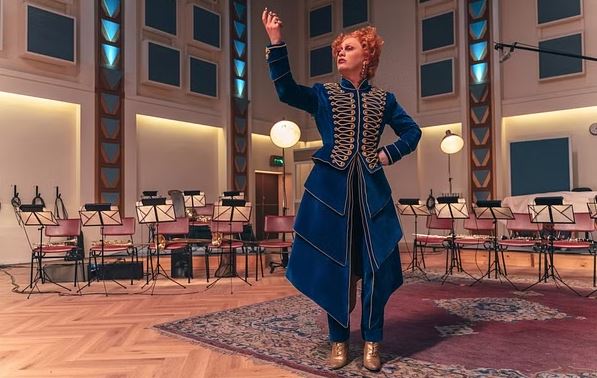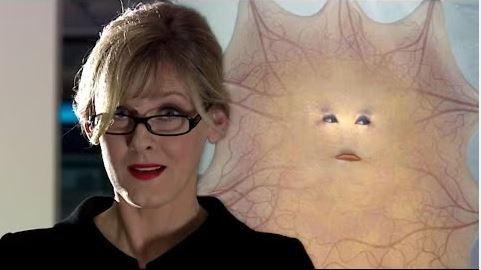Doctor Who understands one of the fundamental rules of good genre storytelling: snarky, sassy “Big Bads” are ALWAYS fun to watch.
Memorable villains make the show memorable. Doctor Who didn’t become massively popular until the Daleks were introduced, and then continued its streak with more baddies like the Cybermen, the Sontarans, the Sea Devils, and, of course, The Master. But what makes a show truly fun is when you have villains who are sassy. When baddies have a sense of humour and make the audience laugh, where they’re having fun being evil, that’s when a story really gets cooking!
“Doctor Who” Knows The Best Villains Still Need to be Evil

Many recent television series have been muddled by the writers’ need to make the villains more “complex” by showing their points of view and how they might have “reasons” for doing bad things, trying to make viewers either feel sympathy for them or even sometimes thinking they were right. You can see this with fans who think “Thanos was right” (He’s not) in the MCU movies and The Lord of the Rings: Rings of Power trying to show the Orcs have wives and children, too. While nuance is always welcome, many writers are losing the plot by forgetting that these stories are about Good vs. Evil and Good winning.
It doesn’t work if it’s Good vs. The Tragically Misunderstood. Doctor Who doesn’t have this problem. Even when the villains are pitiful, they are always evil, and the series understands that evil comes from intolerance, greed, fear, and hatred. For family shows like Doctor Who, it’s about saving the world and people from villains who are extreme, not merely “kind of rude.” The quintessential baddies in Doctor Who are fascists and totalitarians, especially genocidal ones – influenced by the Nazis since the series was created after the end of World War Two where the UK and indeed all of Europe lived through. Baddies in most stories, be they films, books, or TV series, tend to take themselves very seriously. The best Doctor Who villains, especially since the 2005 revival, are sassy bitches.
The Best Villains are FUN

The classic series had some sassy villains, of course, like the Rani, mainly because Kate O’Mara, who loved playing the character, brought a camp, classy, amoral mean girl quality to the first evil female Timelord. O’Mara is the reason fans still hope for the Rani’s return even though the actress is no longer with us. It was when Russell T. Davies revived Doctor Who in 2005 that he brought an overtly camp, sassy vibe to the best villains, like the evil but childish and goofy Slitheen, who managed to take over the British government while disguised in human skin suits. Cassandra, a vain, greedy, and very rich patch of skin who had minions constantly moisturize her to keep her alive, was a surreal and camp villain voiced with camp, oddball charm by Zoe Wanamaker.
Davies even made the Daleks and Cybermen catty when they faced off against each other. It was Davies who turned The Master from merely an archetypically mustache-twirling power-hungry evil Timelord to a gleeful psychotic (John Simm) who enjoyed being evil, murdering people for fun, and cracking jokes about it. Steven Moffat happily took it further by regenerating The Master into Missy (Michelle Gomez) and adding a flirtatious edge to her Evil Mary Poppins persona and no less murderous than before. Maestro (Jinxx Monsoon) is unforgettable for playing up drag queen camp villainy. There’s the twinkly Mrs. Flood (Anita Dobson) who pretends to be a harmless if passive-aggressive old lady next door. And so on. All these sassy baddies are a lesson in genre storytelling: that the best villains are the most fun to watch.
Doctor Who has always been an interestingly transparent series. To watch it is to learn how to tell a story, what works and what doesn’t depending on what parts you liked and what you didn’t. In that sense the series is a covert screenwriting lesson if that’s what you want to do.
